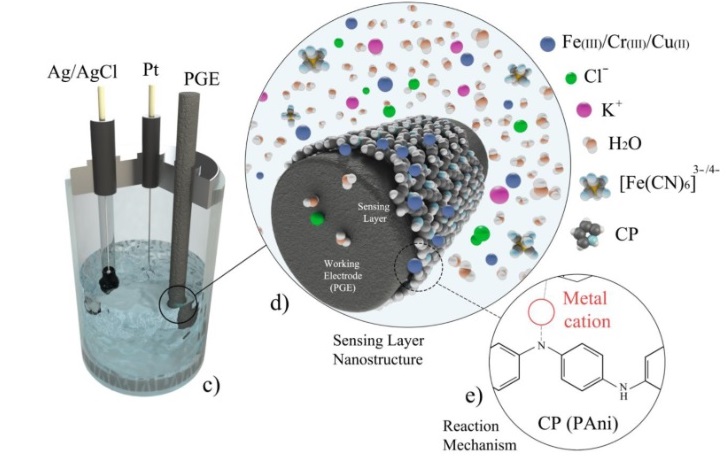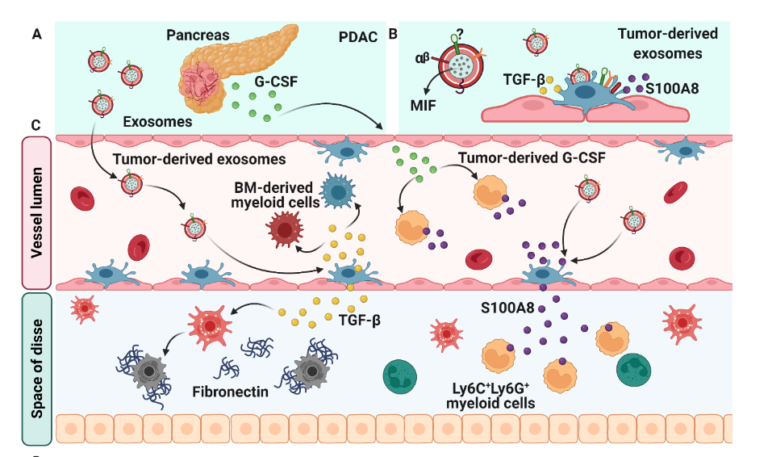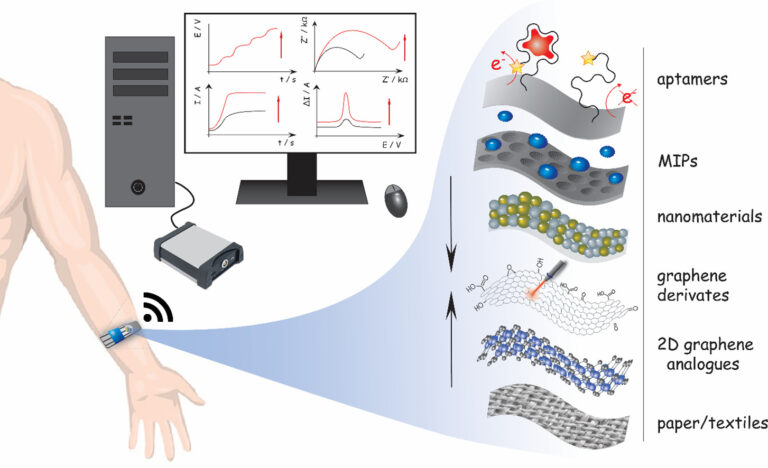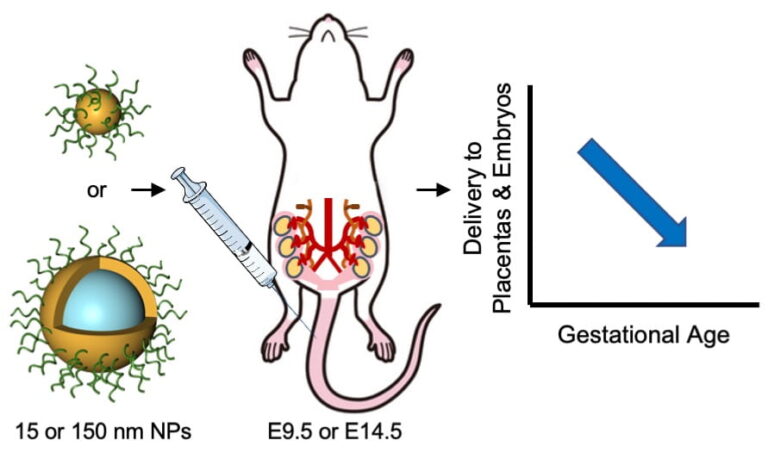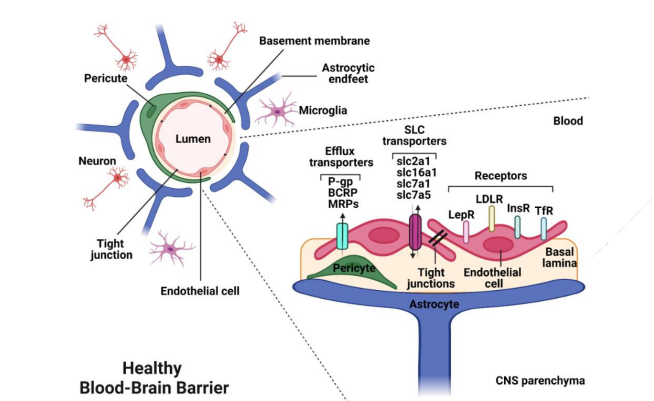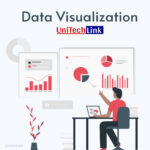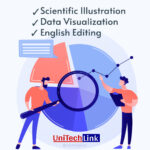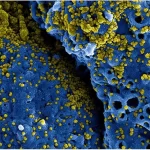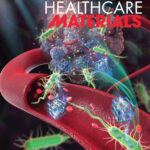
UniTechLink
Software for Creating Graphical Abstracts
When it comes to creating graphical abstracts, there are several tools available that can help researchers design effective and visually appealing graphics. In this article, we will explore some of the most popular software for creating graphical abstracts and compare their features and capabilities.
Adobe Illustrator
Adobe Illustrator is one of the most popular and versatile tools for creating graphics of all kinds, including graphical abstracts. It offers a wide range of drawing tools and features that allow users to create highly detailed and professional-looking graphics. Illustrator also supports a variety of file formats, making it easy to export graphics for use in scientific publications.
Pros:
Highly versatile with many drawing tools and features
Offers a wide range of file formats for exporting graphics
Highly customizable with support for layers and vector graphics
Can be used to create complex graphics with a high level of detail
Cons:
Can be expensive for individual researchers
Has a steep learning curve for beginners
May require a more powerful computer to run smoothly
Canva is a popular online graphic design tool that offers a range of templates and design tools to help users create graphics quickly and easily. It is designed to be user-friendly, making it a great option for researchers who are new to graphic design. Canva also offers a range of pre-designed graphical abstract templates, making it easy to create graphics that are optimized for scientific publications.
Pros:
User-friendly interface with a range of templates and design tools
Offers pre-designed graphical abstract templates
Can be used to create graphics quickly and easily
Offers a range of file formats for exporting graphics
Cons:
Limited customization options compared to more advanced tools
May not be suitable for creating highly detailed or complex graphics
May require a stable internet connection to use effectively
Inkscape
Inkscape is a free and open-source vector graphics editor that is designed to be an alternative to Adobe Illustrator. It offers a wide range of drawing tools and features that make it a popular choice for researchers who need to create high-quality graphics for scientific publications. Inkscape is also compatible with a range of file formats, making it easy to export graphics for use in scientific publications.
Pros:
Free and open-source with no licensing fees
Offers a range of drawing tools and features
Compatible with a wide range of file formats
Can be used to create complex graphics with a high level of detail
Cons:
May have a steeper learning curve for beginners
Can be more challenging to use compared to more user-friendly tools
May require a more powerful computer to run smoothly
Microsoft PowerPoint
Microsoft PowerPoint is a widely used presentation tool that can also be used to create simple graphical abstracts. It offers a range of drawing tools and features, making it possible to create basic graphics quickly and easily. PowerPoint is also widely available and may already be installed on many researchers’ computers, making it a convenient choice for creating graphics on the go.
Pros:
Widely available and easy to use for creating simple graphics
Offers a range of drawing tools and features
Can be used to create basic graphics quickly and easily
Offers a range of file formats for exporting graphics
Cons:
Limited customization options compared to more advanced tools
May not be suitable for creating highly detailed or complex graphics
May not be the best option for researchers who require more professional-looking graphics
Conclusion
When it comes to drawing graphical abstracts, there are several tools available that can help researchers create effective and visually appealing graphics. The choice of tool will depend on a variety of factors, including the level of detail required, the complexity of the graphic, and the researcher’s experience with graphic design. By comparing the features and capabilities of different tools, researchers can choose the tool that best meets their needs and allows them to communicate their research findings effectively.
When choosing a tool for drawing graphical abstracts, it’s important to consider not only the features and capabilities of the tool but also its accessibility and ease of use. Researchers who are new to graphic design may prefer tools that offer pre-designed templates or a more user-friendly interface, while those with more experience may prefer tools that offer greater customization and flexibility.
In addition to the tools themselves, there are many resources available to help researchers create effective graphical abstracts. Many scientific journals offer guidelines and templates for creating graphical abstracts, which can help to ensure that graphics meet the publication’s requirements. There are also many online tutorials and courses available that can help researchers develop their graphic design skills and learn how to create effective graphical abstracts.
Try Your chance for winning a Free Graphical Abstract!
Why choose us?
- 24/7 Service
- Creative work of artists and scientists
- Free revisions after completion of orders
- Guaranteed Satisfaction
- Affordable Price
